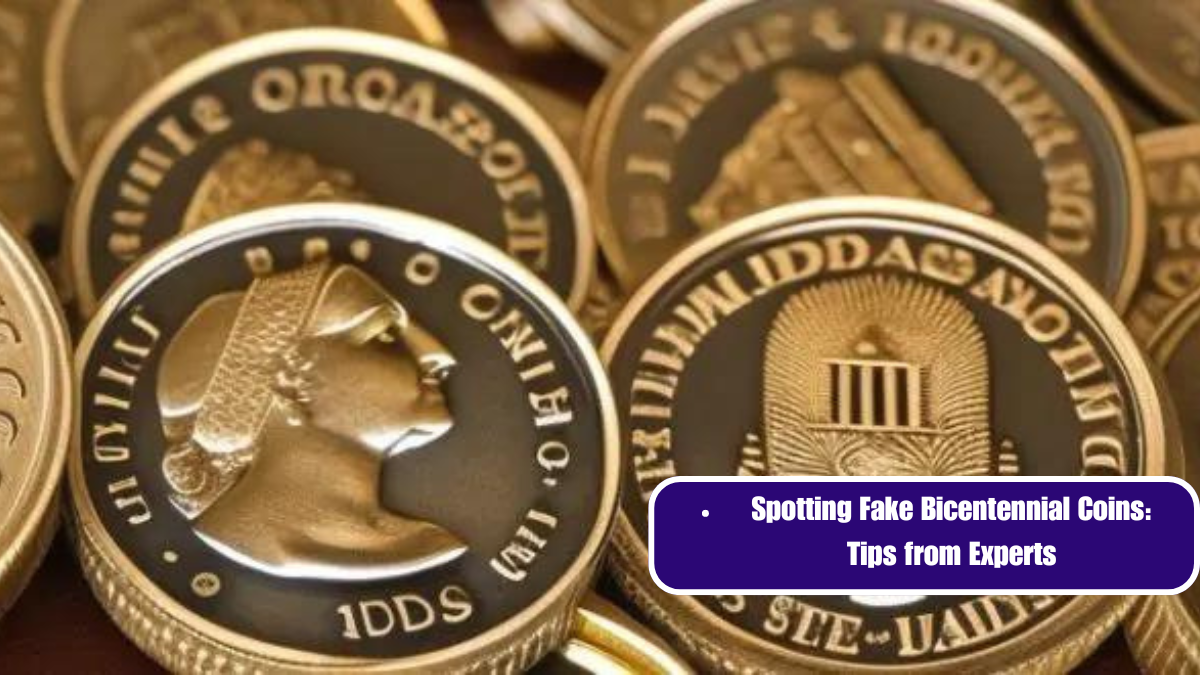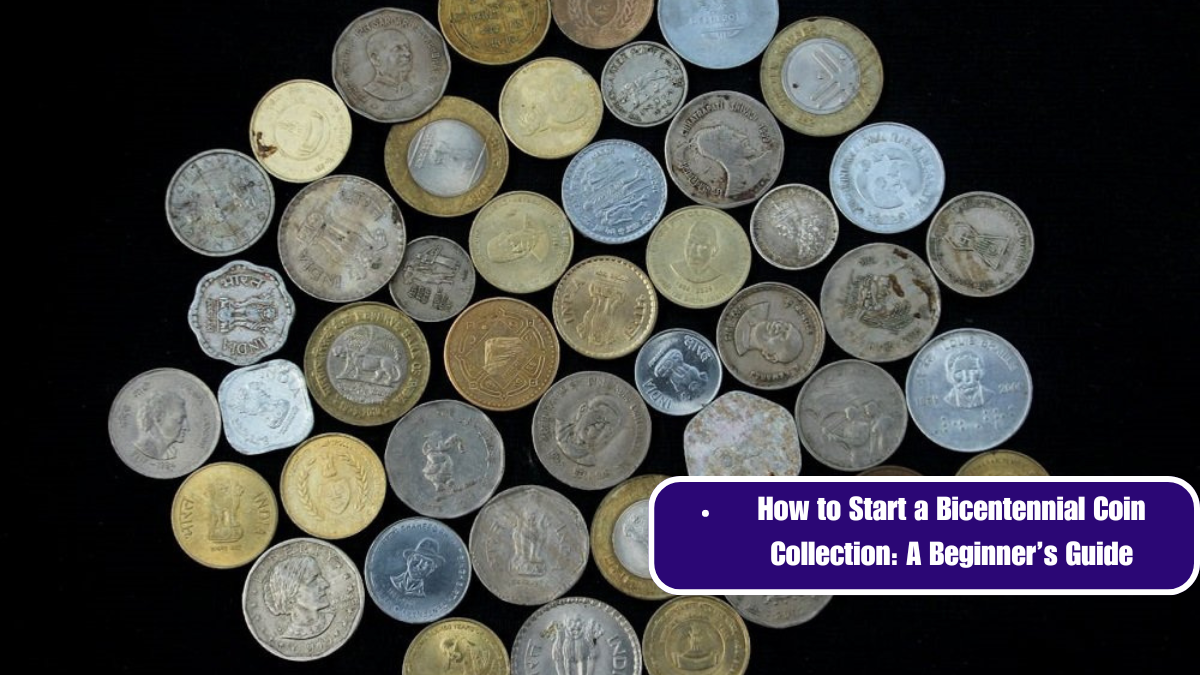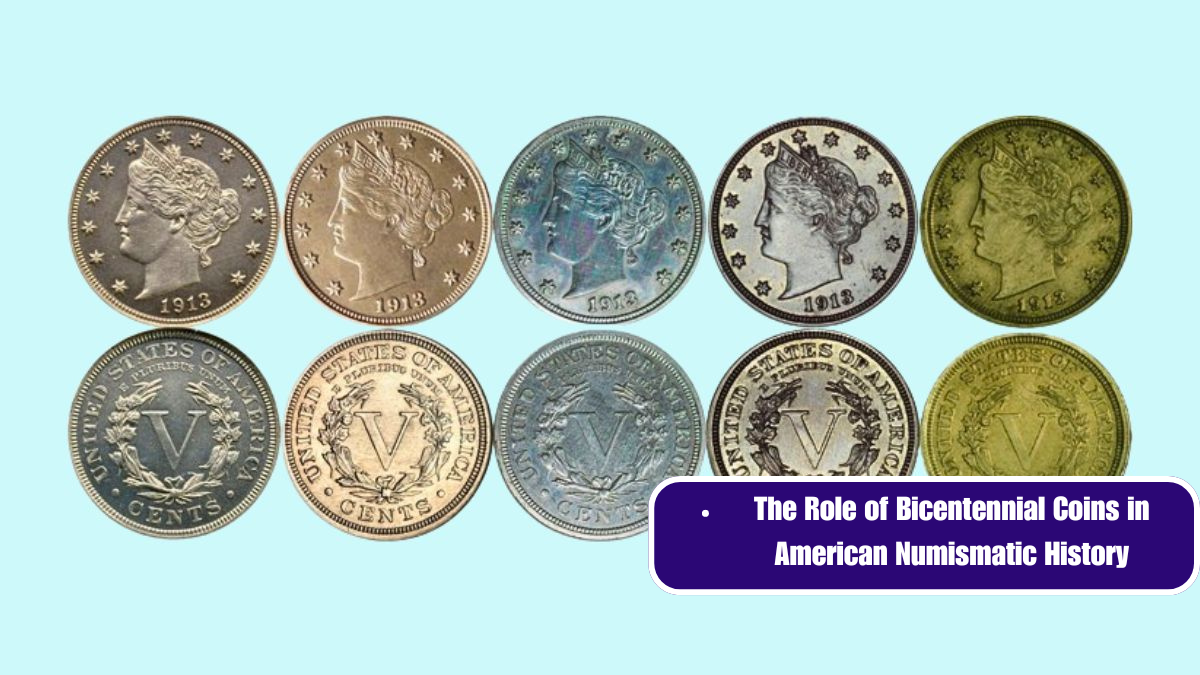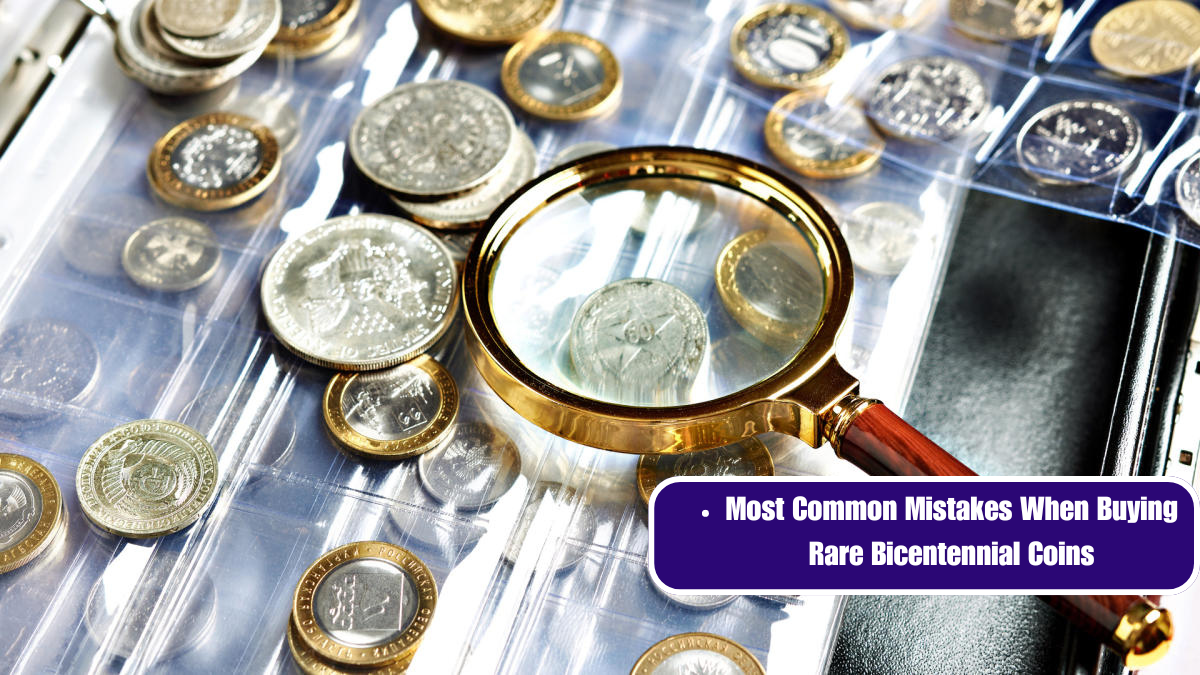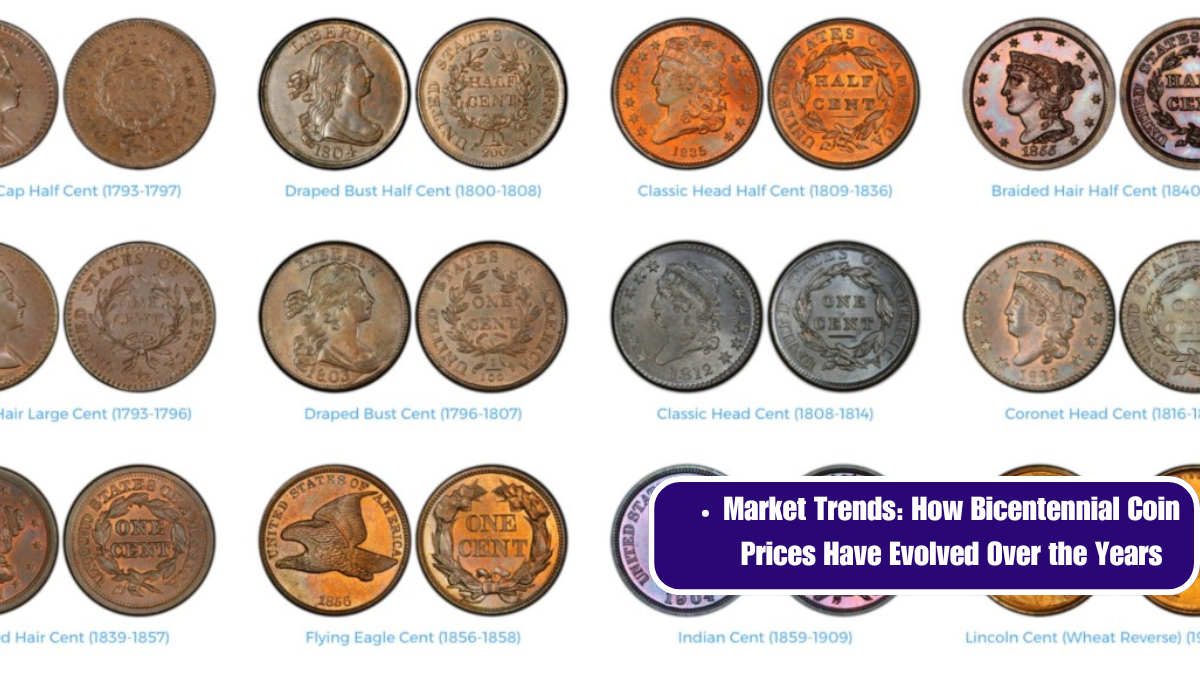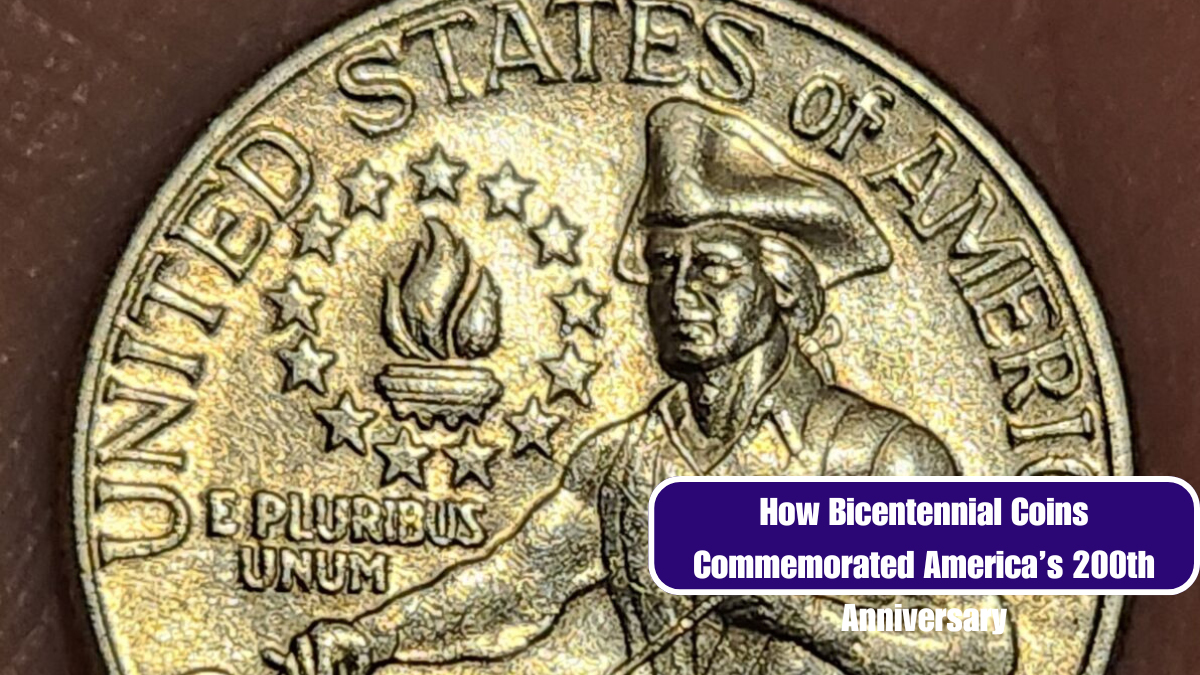As collectors and enthusiasts celebrate American history through coinage, the 1976 Bicentennial coins have become a popular choice for numismatists. These coins, issued to commemorate the 200th anniversary of the United States, are celebrated for their unique designs, including the special reverse imagery on the quarter, half dollar, and dollar coins. However, with popularity comes the risk of counterfeiting. Here’s a guide from experts on how to spot fake Bicentennial coins and ensure that your collection remains authentic.
Understanding Bicentennial Coins
The Bicentennial coins were issued in 1976, and they feature distinct designs:
- Quarter: A modified version of the reverse side, depicting the Colonial Drummer and the Liberty Bell.
- Half Dollar: A unique reverse showing the Liberty Bell superimposed over the moon.
- Dollar: Features a depiction of Independence Hall.
Each coin’s distinctive design and historical significance make them targets for counterfeiters looking to capitalize on their value.
Expert Tips for Identifying Fake Bicentennial Coins
- Examine the Mint Marks and Dates
- Authentic: The 1976 Bicentennial coins will have specific mint marks. For quarters and half dollars, check for “P” (Philadelphia), “D” (Denver), and “S” (San Francisco). The dollar coin will often have “S” for San Francisco.
- Fake: Counterfeit coins may lack mint marks or display incorrect ones. Compare the mint mark’s size and positioning with known authentic examples.
- Check the Design Details
- Authentic: The details on genuine Bicentennial coins are sharp and well-defined. Look closely at the fine details like the Liberty Bell’s crack or the Drummer’s uniform.
- Fake: Counterfeits often have blurry or poorly defined details due to the inferior quality of the molds used.
- Use a Magnet
- Authentic: The 1976 Bicentennial coins are made from a specific copper-nickel alloy (for quarters and half dollars) or pure silver (for the dollar). They should not be attracted to a magnet.
- Fake: Many counterfeit coins are made from base metals that can be magnetic. If the coin is attracted to a magnet, it’s a red flag.
- Weigh and Measure
- Authentic: Each coin has a specific weight and diameter. For instance, the Bicentennial quarter weighs 5.67 grams and measures 24.3 mm in diameter.
- Fake: Counterfeit coins may have incorrect weights or dimensions. Use a precise scale and caliper to measure these attributes.
- Look at the Edge
- Authentic: The edge of genuine Bicentennial quarters and half dollars should be smooth, while the dollar coin might have a reeded edge.
- Fake: Some counterfeits may have incorrect edge patterns or textures. Verify the edge against known authentic examples.
- Perform the Drop Test
- Authentic: When dropped from a small height onto a hard surface, genuine coins produce a distinctive sound. Silver coins, like the dollar, have a higher-pitched ring.
- Fake: Counterfeit coins might produce a dull or flat sound due to different metal compositions.
- Seek Professional Authentication
- Authentic: Professional grading services like the Numismatic Guaranty Corporation (NGC) or Professional Coin Grading Service (PCGS) can verify authenticity and grade the coin.
- Fake: If in doubt, it’s wise to get your coin examined by a professional. These services provide a guarantee of authenticity and detailed grading.
While the 1976 Bicentennial coins are a cherished part of American numismatic history, the prevalence of counterfeit versions means collectors need to stay vigilant. By understanding the characteristics of genuine coins and employing these expert tips, you can protect your collection and ensure that your Bicentennial coins are truly authentic. Whether you’re a seasoned collector or a newcomer to the hobby, these practices will help you maintain the integrity of your collection and enjoy the historical significance of these remarkable coins.
